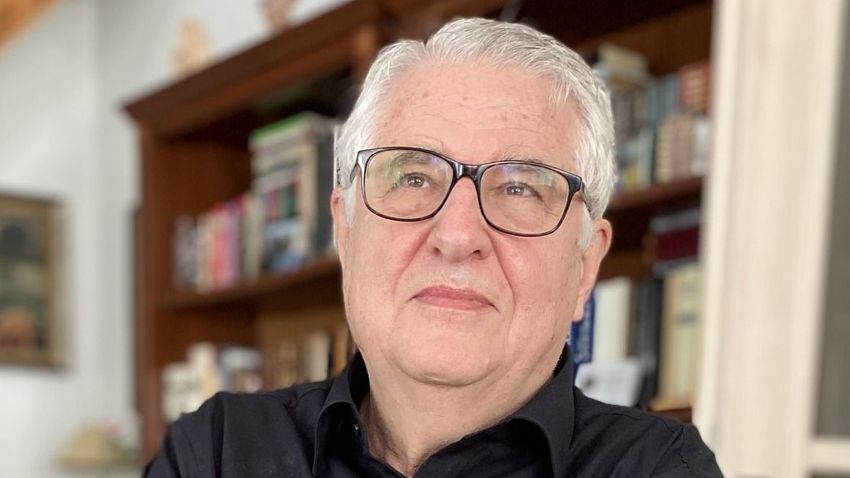Connect with the “hermit of Turin”
He kept in touch with Lajos Kossuth all the time and led groups to him, the “hermit of Turin”. On the way, they also stopped in Paris, he gave a speech in French at the tomb of Victor Hugo, before a crowd of thousands, met the President of the French Republic, and visited the palace of Mihaly-Monkassi in Paris. I would like to mention an important fact here. After a long preparation, he arranged for the press, within a few months, to have his first work appear in print, a work entitled Journey to the East, in which there is a sentence that was neither natural then nor now. Today’s Hungarian government can also feel this idea as its own:
At least it made a way to the East, which is a hundred times more important for us Hungarians, for whom our vocation, after all, is to mediate between East and West, and who also care about the East. As the glorious homeland of our forefathers.”
Renaissance figure
– As can be read in the introduction to his book, the difficulty in writing the monograph was that Balázs Orbán was a Renaissance figure; A passionate collector, scientific encyclopedia, who searches for and organizes reason. His works influence the fields of history, ethnography, literature and archaeology, but also the history of oriental studies, sociology or photography, not to mention his involvement in public life. What are your main areas of interest?
— For example, if one of his writings had to be chosen, it would be a report he published at the end of his life, commemorating his life as an emigrant, entitled Művészi körút Reményiv. The greatest violinist of the time was Eddie Remini, who later became the violinist to the Queen of England. As a young man, he also took part in the revolution, and was Görgey’s violinist. He also had to emigrate and they lived together in poverty and exile, neighbors in Turkey and on the Isle of England. In this report he describes a concert tour of England, writing about the beauty, adventures, music and patriotism of Irish girls. This memoir combines in itself history, journalism, humor, and memoir writing, but this can be said of all of his works. His parliamentary speeches are also very easy to read. Discover, for example, Sekeli’s first runic writings on the ceiling of the church in Inlaca. He was also a pioneer in photography, but combined folk tales and landscape lyrics with Benedek Elek and János Kriza. Renaissance composition should be understood in this way. Finally, I would like to point out that representatives of the government party, such as Mór Jókai and Kálmán Mikszáth – although political opponents – recognized his diligence, diligence and talent as a writer.












































